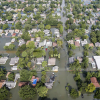
FEMA buyouts vs. risky real estate: New maps reveal post-flood migration patterns across the US
New research and maps show most people with homes in flood-prone areas sell their properties instead of taking a federal buyout.

FEMA buyouts vs. risky real estate: New maps reveal post-flood migration patterns across the US
New research and maps show most people with homes in flood-prone areas sell their properties instead of taking a federal buyout.
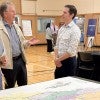

Hurricane Beryl: Recovery One Year Later
About 1 in 10 residents are still struggling to recover from Hurricane Beryl.
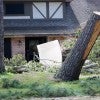

How Houstonians still fall short in preparing for natural disasters
Harris County residents have weathered their share of natural disasters, but some still could improve their storm-prep game.

This study examines the short- and long-term recovery of Houston-area residents following Hurricane Beryl and other severe weather events occuring between April and July 2024.

How much is homeowners insurance in Harris County? See average rates in your neighborhood.
Homeowners across Harris County are paying significantly more in property insurance premiums than in years past, adding to the financial strain on residents struggling with housing costs.

Hurricane Beryl: Community Response and Resilience
This snapshot looks at early recovery efforts and feelings of resilience among Houston and Harris County residents after Hurricane Beryl.
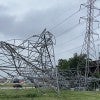
Storm Preparedness: Actions of Houston-Area Residents Ahead of Hurricane Beryl
This brief provides a descriptive overview of disaster preparedness ahead of and during the 2024 hurricane season.
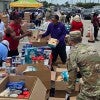
This research study examines the current levels of both perceived and actual disaster preparedness among Houston and Harris County residents, as well as contextual and sociocognitive predictors of each.
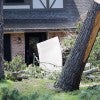
2024 Storm Impacts in Houston and Harris County: A Descriptive Overview
This brief provides an overview of the cumulative impact extreme weather had on Houston and Harris County residents from late April to early July.
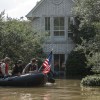
When it comes to flood buyouts, distance and race have played outsized roles
After Hurricane Ida hit New Orleans in 2021, Kirt Talamo, a fourth-generation Louisianan, decided it was time to go. He sold his flooded home, purchased his grandmother’s former house on New Orleans’ west bank, which hadn’t flooded, and moved in. It felt good to be back within its familiar walls, but his mind was on the future.
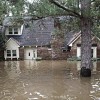
Rising flood insurance costs may be another blow to Houston’s affordability
Hurricane season is here, and with it comes a familiar feeling of dread in the Greater Houston area, particularly about floods. But more than five years after Hurricane Harvey, Houstonians may be less inclined to buy flood insurance because of cost increases that have begun to roll out in the last year, with the latest data from the Federal Emergency Management Agency showing that prices could go up by 75% in Harris County alone.
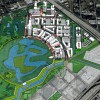
How a former landfill could help fight floods and reimagine a swath of southwest Houston
A proposal to transform a former landfill in southwest Houston into a mixed-use development with a flood control component recently caught the attention of statewide planners who recognized it for its contributions to resilience.

Water connects us, yet too often our region’s ongoing relationship with water presents itself as flooding that wreaks havoc and devastates all in its path. In the aftermath of Hurricane Harvey, many efforts have emerged to try to rebuild our relationship with water from one of harm to one of resilience.
Rice University
Kraft Hall
6100 Main Street, Suite 305
Houston, TX 77005-1892